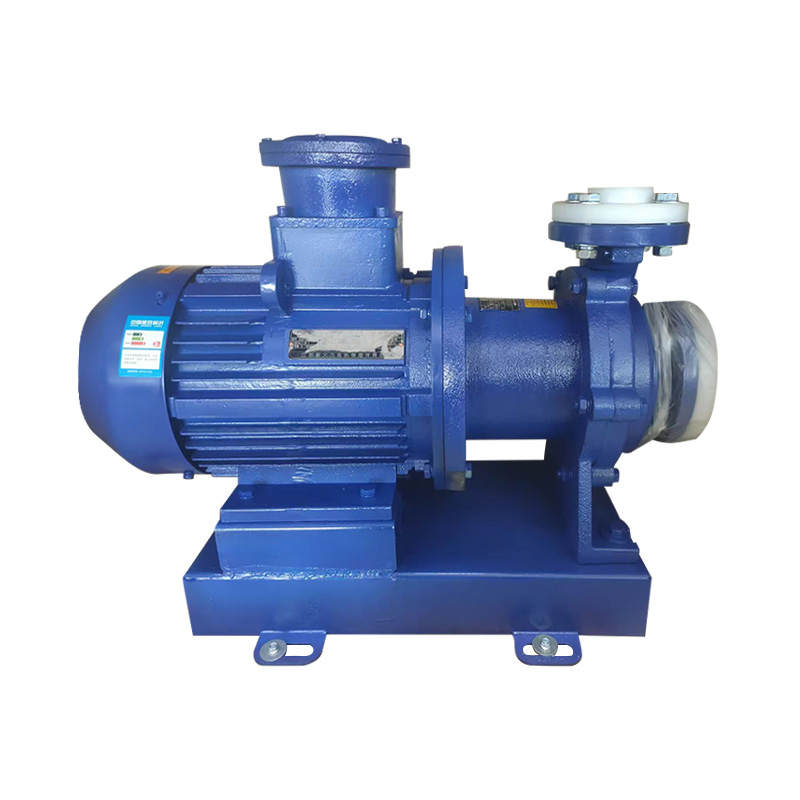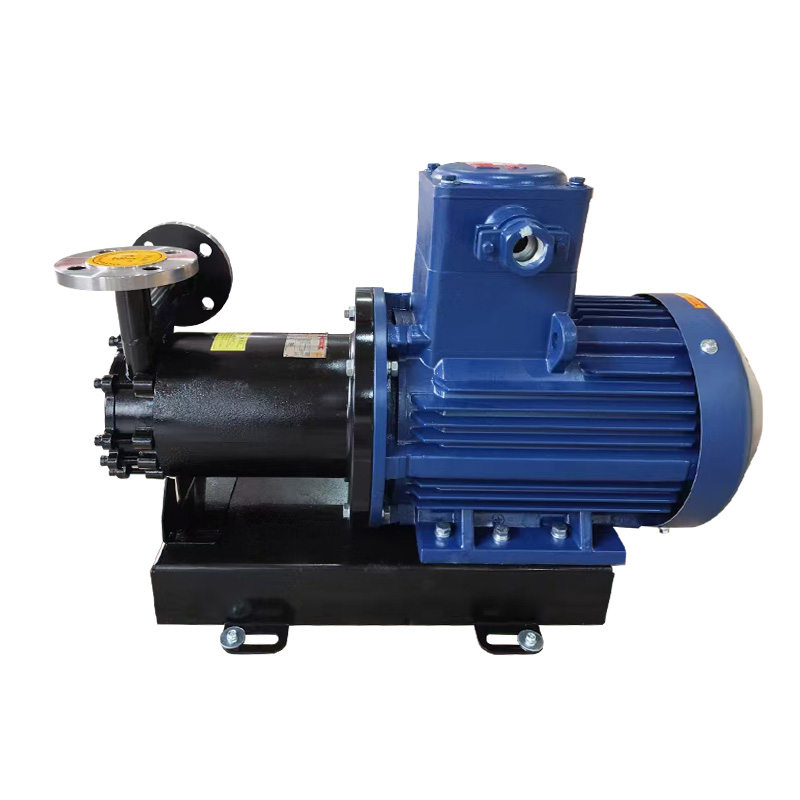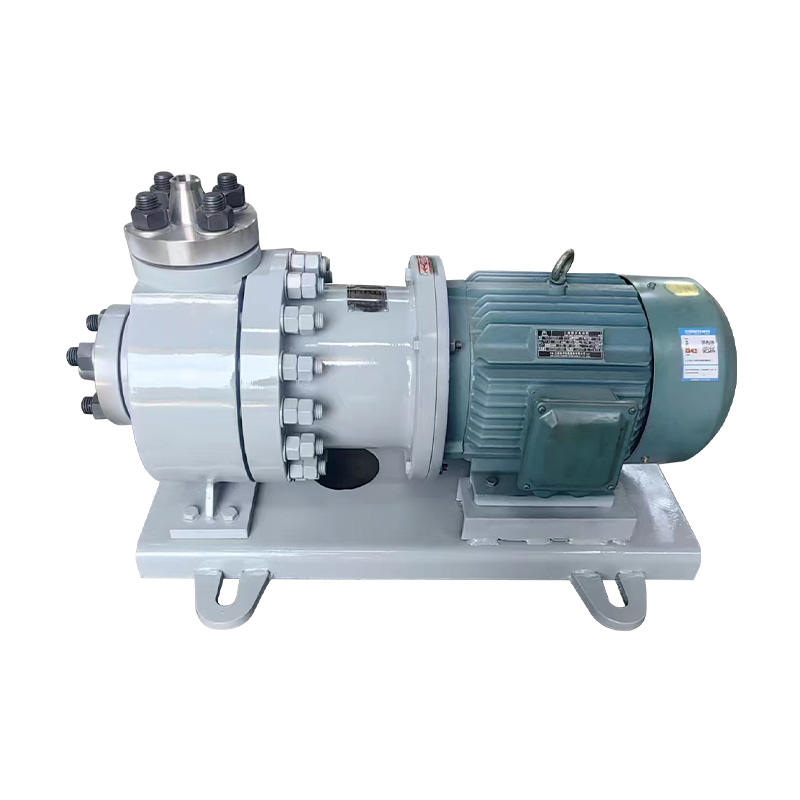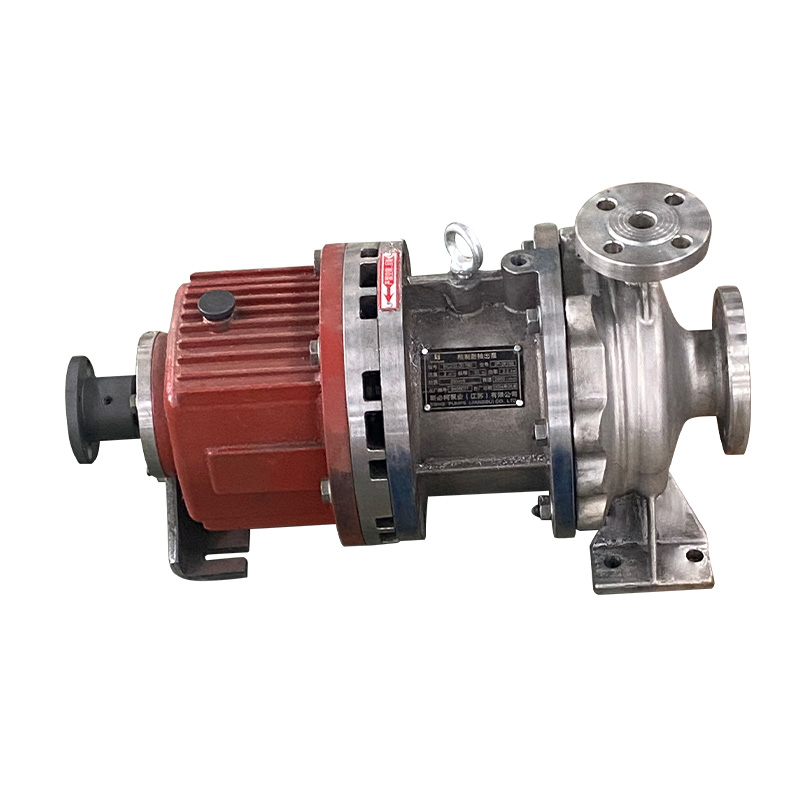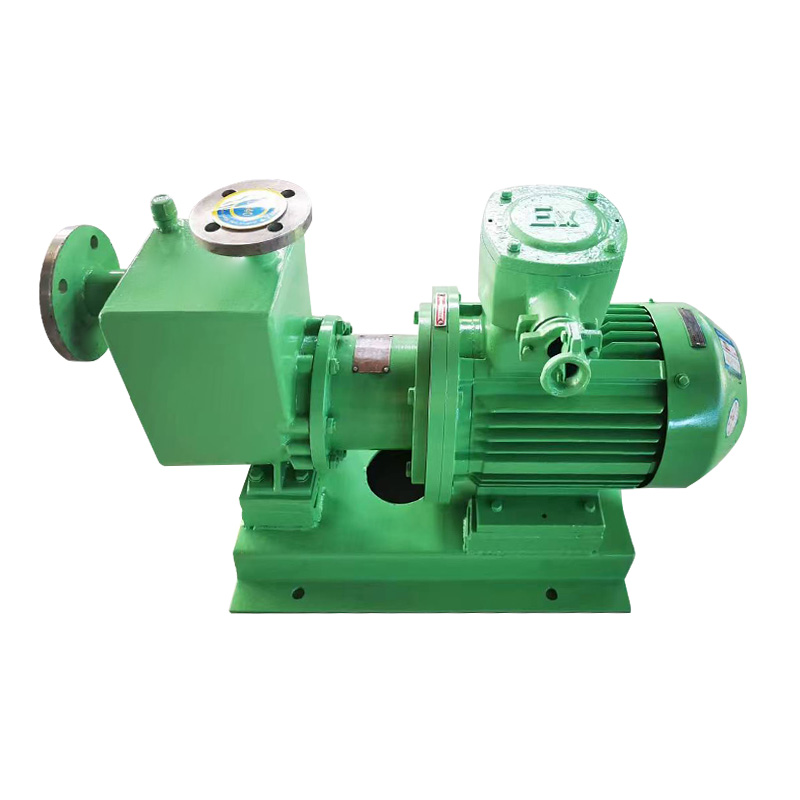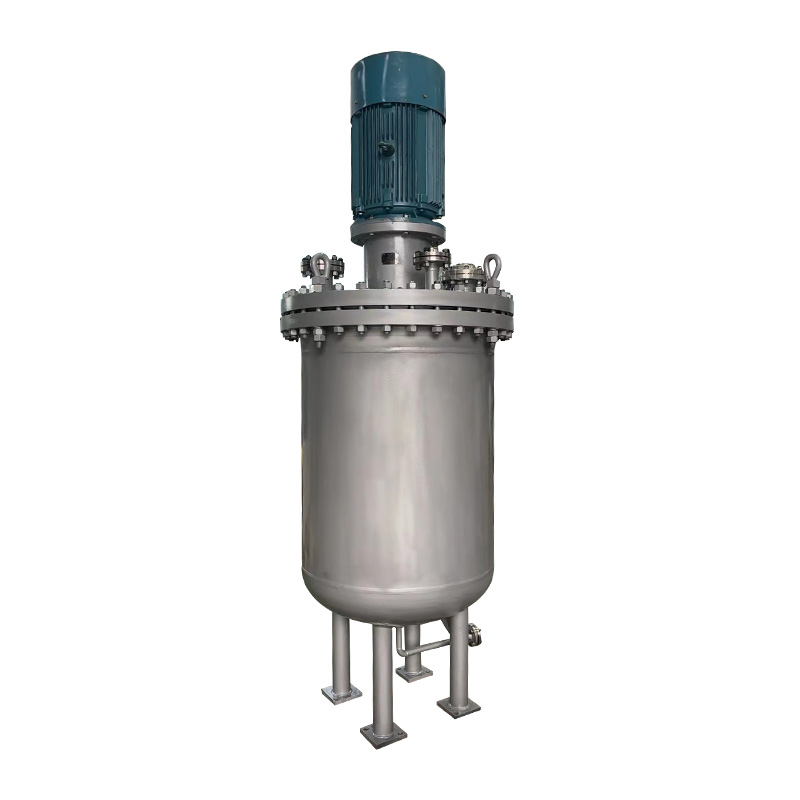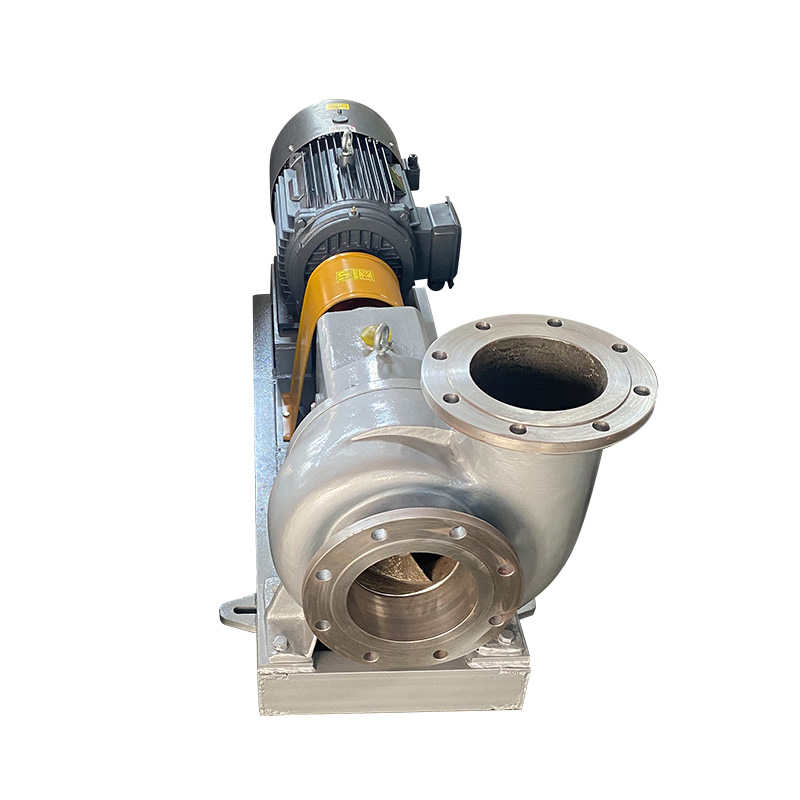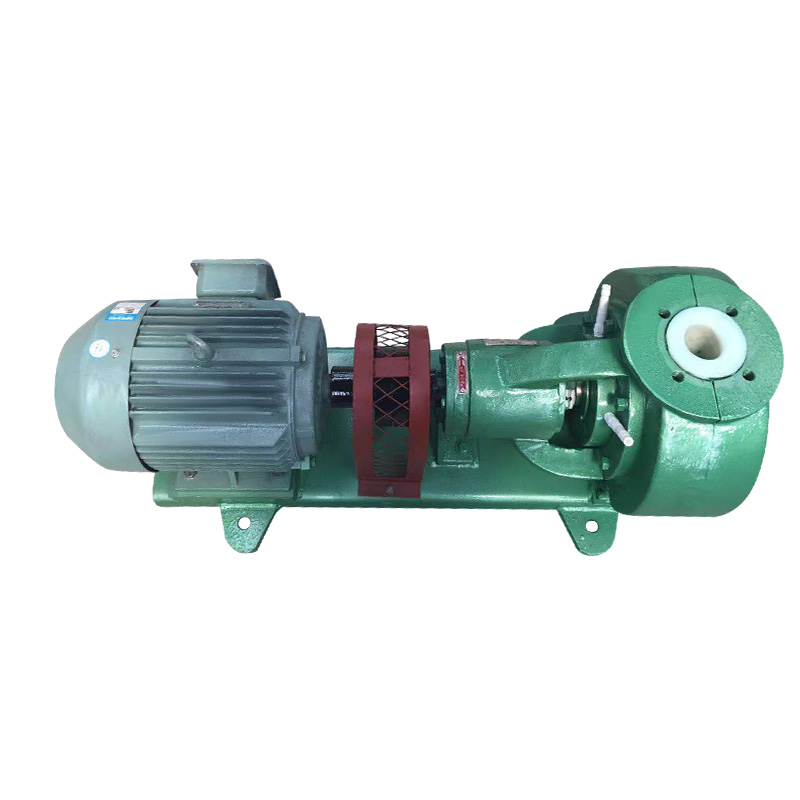1: High-Efficiency Impeller Design Leads Vertical Submersible Pumps into a New Era of Energy Saving
1.1: Engineering Breakthrough in Flow Optimization Reduces Friction Loss
The precision-engineered impeller of the Vertical Submersible Pump significantly optimizes internal fluid dynamics. By refining the water flow path, the impeller enables smoother, uninterrupted water movement within the pump body. This reduces surface contact and fluid resistance, mitigating energy losses commonly seen in traditional pumps. The result is enhanced hydraulic performance and reduced operational drag.
1.2: Smoother Internal Hydraulics Maximize Power-to-Flow Conversion
With a reduced-friction environment inside the pump, electrical energy is more effectively converted into fluid movement. Unlike conventional impellers, which suffer from cavitation and erratic flow behavior, this design delivers consistent power transfer. The improved energy conversion efficiency ensures greater throughput with less energy, making the Vertical Submersible Pump ideal for energy-conscious industrial applications.
1.3: Stable Output at Lower Energy Input Enhances System-Wide Efficiency
The impeller’s design not only minimizes loss, but also stabilizes performance under varying operational pressures. This guarantees that the pump can consistently maintain high efficiency even during prolonged or variable-load operations. Facilities operating in sectors like mining, agriculture, and deep-well extraction can significantly cut energy costs while preserving high output levels.
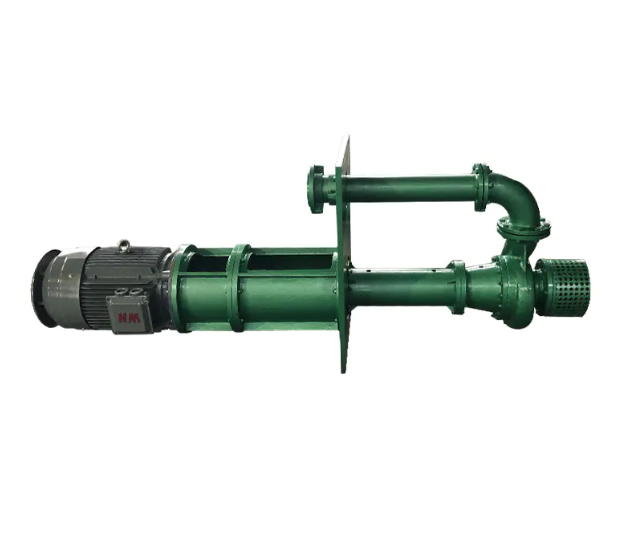
2: Turbulence Control and Stability Ensure Long-Term Efficiency Gains
2.1: Turbulence Suppression Design Enables Streamlined Water Flow
The impeller in the Vertical Submersible Pump is shaped to counteract flow irregularities, such as eddy currents and turbulence, that are typically produced in poorly optimized systems. By guiding water through a smoother trajectory, the impeller reduces mechanical energy loss and minimizes internal stress on the system. This maintains laminar flow, which is key to sustaining pump efficiency over time.
2.2: Exceptional Performance Under High Load and Harsh Conditions
In demanding environments—whether in deep wells or complex fluid systems—traditional pumps suffer performance losses due to instability. The Vertical Submersible Pump’s impeller ensures continuous operation without energy spikes or system fluctuations. It maintains flow balance and efficiency during prolonged high-demand cycles, making it particularly suited for mission-critical infrastructure.
2.3: Efficiency Retention During Continuous Operation Reduces Lifecycle Costs
Because reduced turbulence minimizes wear on components, the Vertical Submersible Pump experiences less mechanical degradation. This not only prolongs the lifespan of the impeller and the pump system, but also reduces the frequency of maintenance interventions. Fewer operational interruptions and extended maintenance intervals translate into significantly lower total cost of ownership (TCO) for industrial users.

3: Intelligent Pumping Systems Power the Future of Sustainable Industrial Operation
3.1: Superior Energy Conversion Drives Down Industrial Power Consumption
The combination of low-resistance impeller design and advanced energy transfer mechanisms allows the Vertical Submersible Pump to deliver more output per unit of input power. This results in lower operational costs and higher efficiency ratios, helping enterprises align with carbon neutrality and sustainability targets. As power costs rise globally, this advantage becomes even more critical.
3.2: Versatility Across Operating Environments Supports Scalable Applications
From remote agricultural irrigation to deep-mine dewatering systems, the impeller design allows the Vertical Submersible Pump to operate efficiently across a range of environmental conditions. It delivers stable output regardless of water pressure, depth, or particulate content—factors that often disrupt traditional pumps. This adaptability makes the pump a go-to solution across multiple industries.
3.3: Integration with Smart Systems Enables Adaptive Energy Management
Future-focused development of the Vertical Submersible Pump includes integration with intelligent control technologies. By using sensors and real-time monitoring, the system can adjust impeller speed, flow rates, and operating cycles based on live conditions. This ensures that the pump always functions in its optimal efficiency zone, pushing the boundaries of industrial energy management.
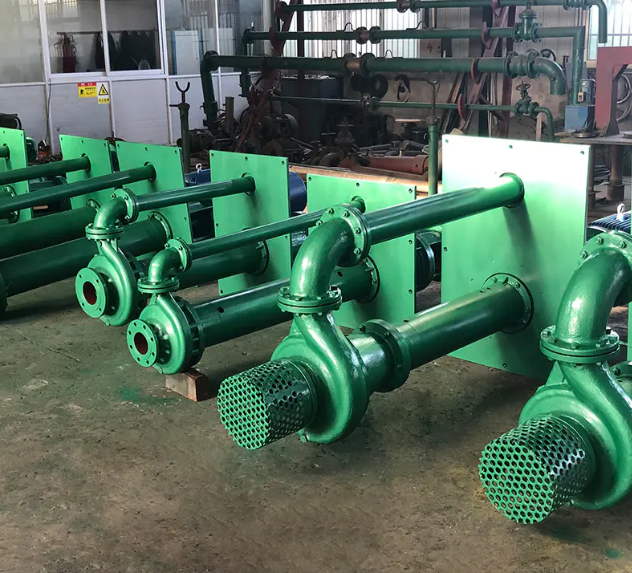



 English
English русский
русский Español
Español